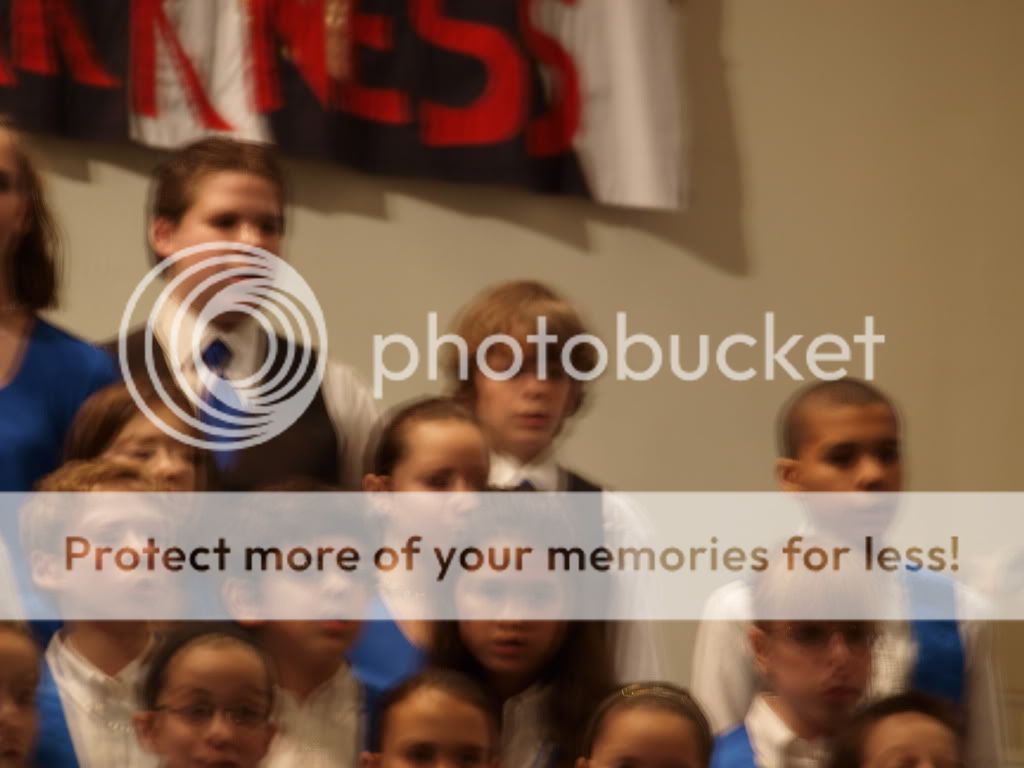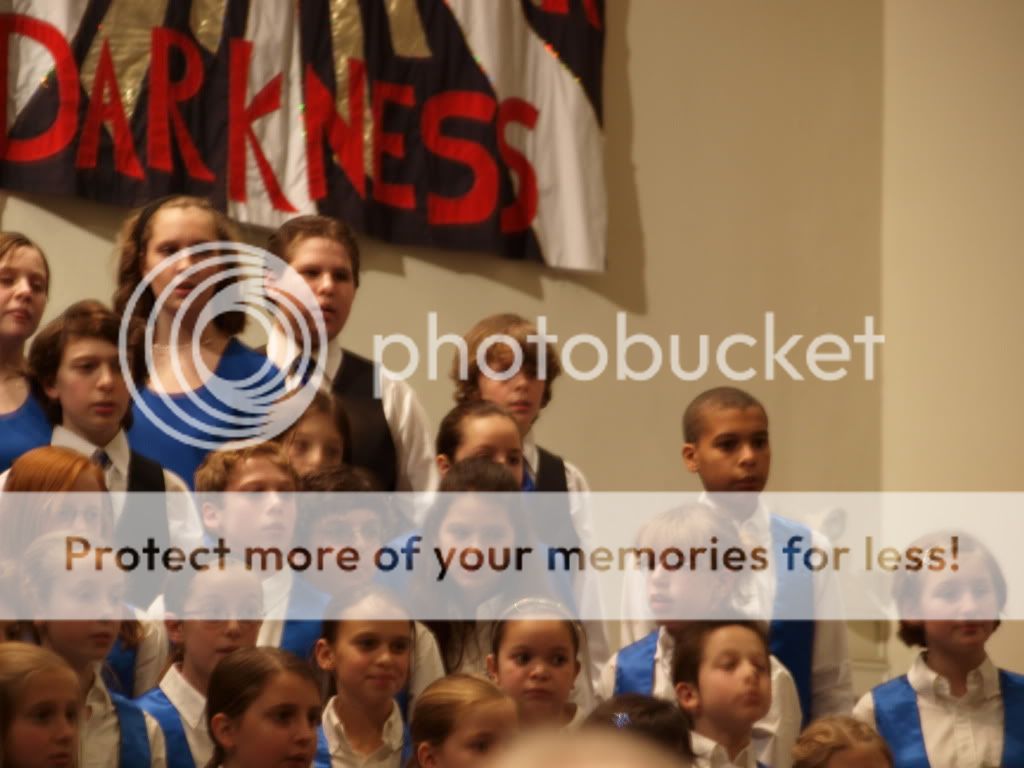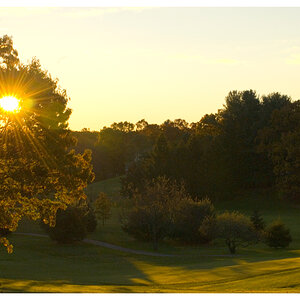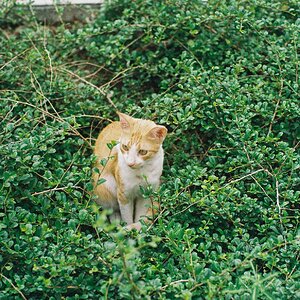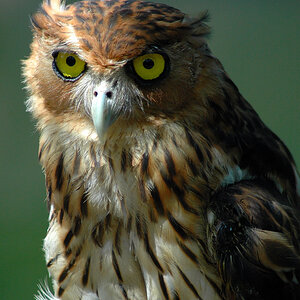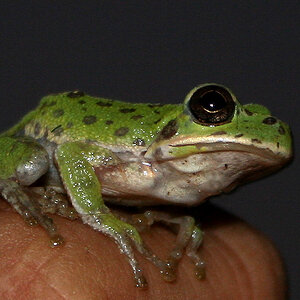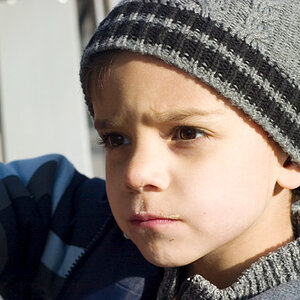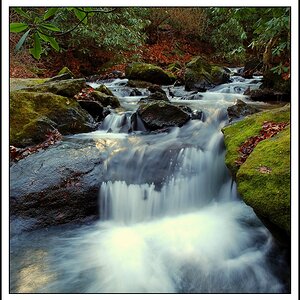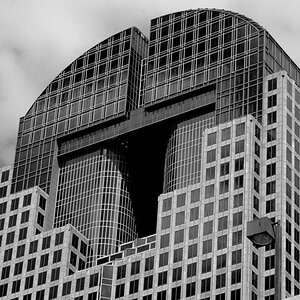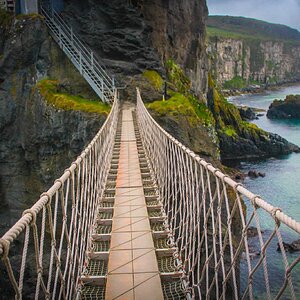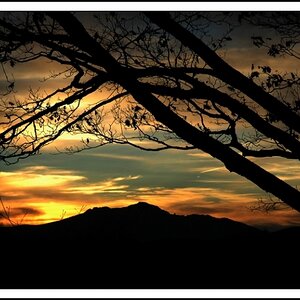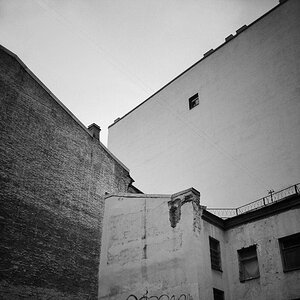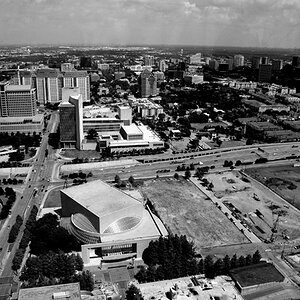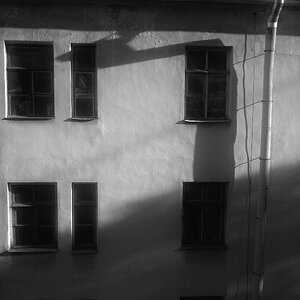I proudly took my new DSLR camera to my children's recital last night. No flashes allowed so I turned off the flash setting and put my best (only) zoom lense on the camera. I was steadying myself on the seat in front but no matter how hard I tried I could not get a good clear headshot, they were always really blurred. I tried increasing the shutter speed (I was very proud of this BTW) but it made no perceivable difference 
If I zoomed back and took a picture it worked well although the colors are a bit washed out maybe because the church was fairly dim.
Do I need to use a mono/tripod or am I doing something wrong?
One of the main reasons that I bought a DSLR camera was to be able to take these types of pictures...help a noob!
If I zoomed back and took a picture it worked well although the colors are a bit washed out maybe because the church was fairly dim.
Do I need to use a mono/tripod or am I doing something wrong?
One of the main reasons that I bought a DSLR camera was to be able to take these types of pictures...help a noob!


